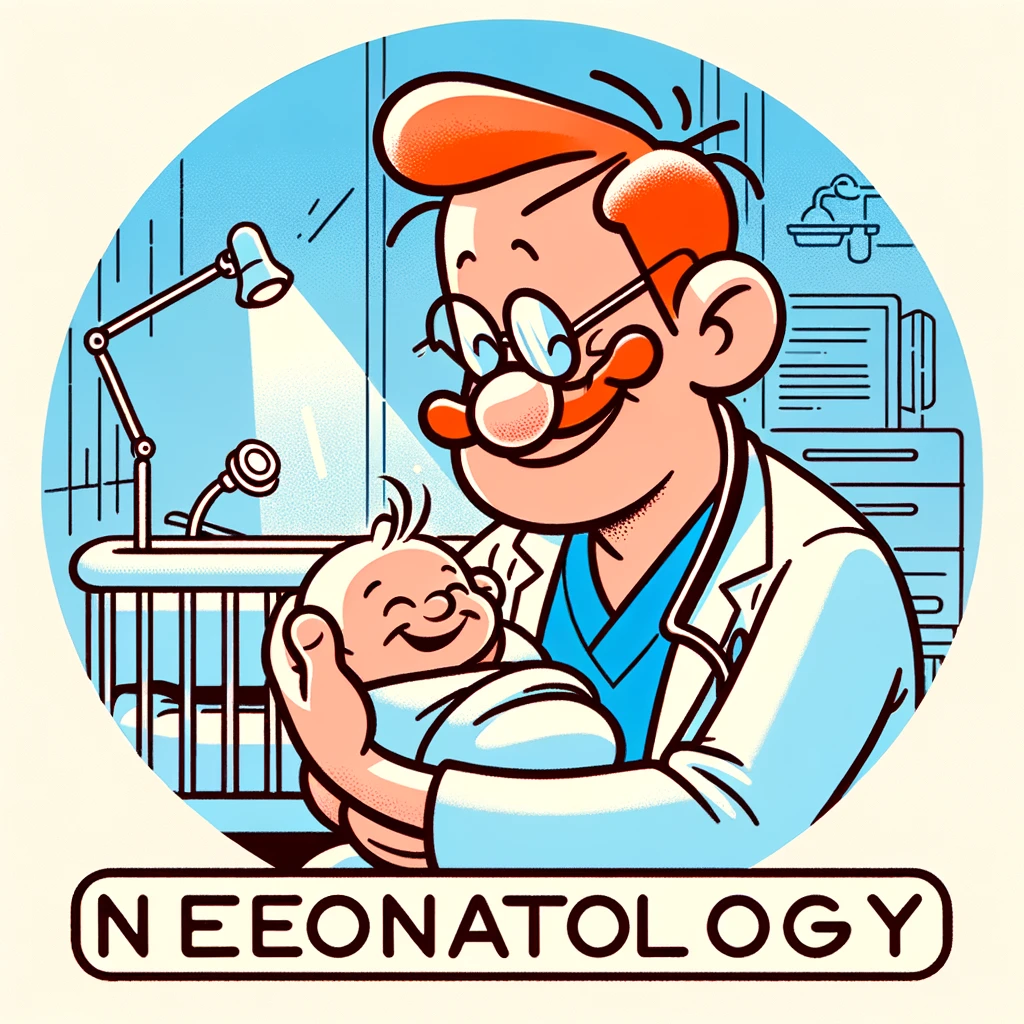Discover how a leading Saudi hospital is pioneering the management of seemingly healthy newborns at high risk for early-onset bacterial sepsis, setting new standards in neonatal care.
– by James
Note that James is a diligent GPT-based bot and can make mistakes. Consider checking important information (e.g. using the DOI) before completely relying on it.
A Saudi Hospital’s Experience in the Management of Well-Appearing Neonates at Increased Risk for Early-Onset Bacterial Sepsis.
Al-Abdi et al., Cureus 2023
DOI: 10.7759/cureus.49570
Study Summary:
This study reviewed the management of early-onset neonatal bacterial sepsis (EOS) in newborns born at 35 weeks gestation or later who were at increased risk for EOS but appeared healthy. The approach followed the 2012 American Academy of Pediatrics (AAP) guidelines, which included universal antenatal culture-based screening for Group B streptococcus (GBS), and the use of complete blood count (CBC) with differential and C-reactive protein (CRP) tests to predict EOS.
Results:
- A total of 806 newborns were included in the study.
- 27 (3.3%) displayed symptoms of EOS.
- 281 (34.9%) underwent predictive blood tests, with 126 (44.8%) testing positive.
- Blood cultures were obtained from 134 (16.6%) newborns, with only 2 symptomatic newborns having culture-proven EOS.
- 33 (4.1%) newborns received intravenous antibiotics.
- To predict one case of EOS, 140 newborns needed predictive blood tests, but this number dropped to 14 if only symptomatic newborns were tested.
Conclusions:
The study suggests that predictive blood tests such as CBC with differential or CRP are not reliable for predicting EOS when used alone. Enhanced observation may be a better approach for managing at-risk newborns. However, larger studies are needed to confirm these findings.
Significance:
This study contributes to the current literature by providing evidence that supports the AAP’s recommendation for enhanced observation over predictive blood testing for managing EOS in well-appearing at-risk newborns. It emphasizes the need for tailored approaches in neonatal care and the importance of evaluating such strategies to ensure their effectiveness.
